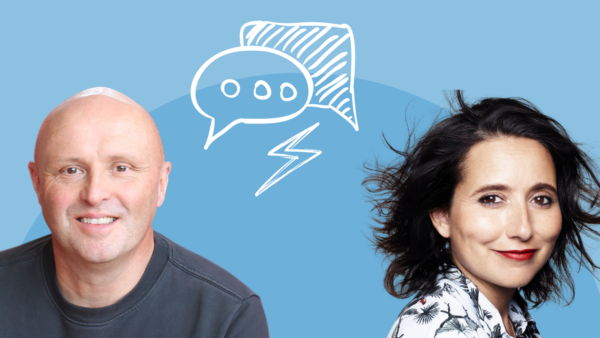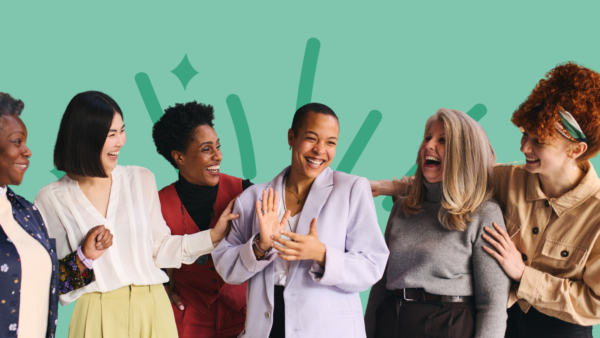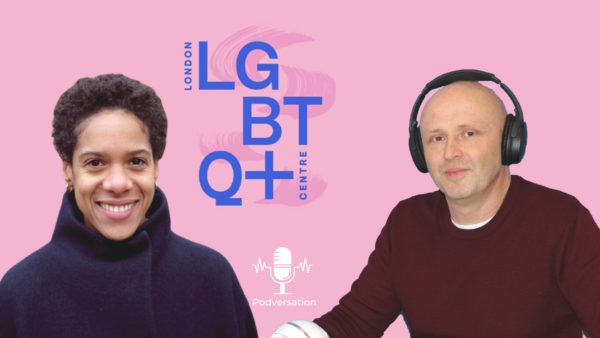Podcast transcript:
The challenge – this year’s graduate intake is different
Attracting and retaining the right mix of university and college graduates is fundamental to driving a diverse pipeline of talent for any organisation. But this year, it’s more complicated.
The impact of Covid on the educational experience means that this year’s new intake has had less opportunity to develop the workplace-essential skills of face-to-face social interaction and many will therefore be less likely to be workplace-ready.
And this brings the risk of a diversity gap if HR and L&D teams don’t modify their attraction and onboarding strategies, including modifying their early careers programmes.
How lockdown had a material effect on workplace skills development for so many
A little more on this: Covid led to lockdown and lockdown led to a fully remote experience for many in further and higher education. Which in turn has led to a delay for these graduates in developing face-to-face skills during their university and college experiences.
Under normal conditions, students would feel ready for work because of the variety of social experiences that college and university bring. But this year, that’s not the case.
As a group, this year’s cohort of graduate employees will be more disconnected and will feel less supported than other years and will find it more difficult to adjust to a professional workplace mindset as a result.
How should your talent acquisition strategy be modified to accommodate these differences?
How this issue will show up for each new entrant to the world of work will depend on two things:
- Whether the employer is set up for fully remote, hybrid or full time on site working.
- The extent to which the employee is naturally energised by activities based around social connection, such as collaborating, relationship-building, leading, persuading or caring for others.
Let’s put this into a strengths context. If we see our strengths as sources of energy which naturally motivate and drive us and where we’re likely to have natural skill too, we can see some differences emerging across the graduate group. Some graduates will have fewer relational strengths. Instead, their strengths may fall more into the bracket of ‘execution’ or ‘thinking’.
For these early careerists, the transition into a full-time on-site setting will be more challenging, and possibly less attractive, than for those whose natural strengths fall more into the ‘relational’ area.
The opposite is true for those heading into exclusively remote working organisations. For these new workers, those with ‘thinking’, or ‘execution’-focused, strengths will find an easier natural fit than those who are motivated by the more relational side of work, who may find themselves less engaged and less motivated to do their best work.
So, for strategic HR teams considering their talent acquisition strategy for the 2023 graduate intake, an awareness of how these areas of office environment and individual strengths interact will be crucial if they’re going to maintain a diverse talent pipeline.
What about onboarding and early career development programmes?
And what about the onboarding process, graduate and early careers programmes? There is a risk of significant attrition if L&D teams designing these processes and programmes fail to pick up on the different educational experiences of new graduates and those newly entering into careers.
Again, looking through a strengths lens, it’s highly likely that those employers who create the space for lockdown-affected early careerists to understand the strengths they can bring to the organisation and who take practical steps to ensure that this is possible, through empathic onboarding, encouragement of strengths-based role-crafting, and intelligently designed early careers programmes will win the retention and engagement battle.
Let’s get specific here…you come into the world of work for the first time and during the first few weeks and months of your tenure, you experience two things:
- You’re enrolled in a development programme which helps you identify your strengths, and encourages you to use these qualities in your new team and in your role as soon as you’re able. You’re also encouraged to develop skills around effective communication, teamworking, navigating organisational life, and working on your personal brand, and each of these areas is supercharged with your strengths. You’re able to individualise the programme in a way that works best for you.
- You have a series of conversations with your line manager where you work together to establish where within your role and within your new team you will best be able to bring your strengths. And together, you’re able to craft your role and your early work tasks around those qualities where you can add most value, be most productive, and stay energised and engaged.
If you have those early experiences, you’ll most likely feel seen, understood, welcomed and appreciated for the individual human being that you are and you feel enlightened about how the qualities that you would naturally want to bring to work can be put to good use immediately. What a strong start.
Contrast that with more of a traditional sheep dip approach to onboarding, where everyone receives the same skills training but there’s no effort to individuate the experience, and where your line manager is keen that you start to deliver to the requirements of your role description, but without an understanding of how you can best play your strengths. In this case, you’ll likely develop a fairly tenuous psychological contract with the organisation and so, while you’ll take any developmental opportunities that come along during your first few months, when something better rolls around, you may well choose to move on sooner rather than later.
Three practical steps that HR and L&D teams can take to attract, motivate and retain new entrants to the world of work
So, what can HR and L&D teams do practically to mitigate the risk of unconsciously reducing strengths diversity and losing early careerists too soon? Here are three ideas:
- Employers should develop an awareness of each new employee’s strengths to ensure that the right type of personalised support is provided. This will help employees develop confidence and abilities that would previously have been kick started in higher or further education.
- Make efforts to design onboarding programmes in a way that encourages each new starter to understand their unique strengths and how they can put these to work meaningfully, with the support of their line manager and team as soon as possible.
- Communicate that this level of thought has gone into workplace and onboarding design strategies when attracting new candidates so that graduates and early careerists with all strength-sets continue to be attracted to work in organisations that at first glance may not appear to offer a close fit with their strengths.
Conclusion – this year’s lockdown-affected cohort is different. Make sure your strategy reflects this
This focus on the awareness of difference and modification of strategy is essential in 2023 to ensure organisations maintain strengths diversity of those entering work for the first time. This in turn will drive the continued diversity of teams and future management and leadership pipelines. All of which are essential to long-term success. Till next time, stay strong.













